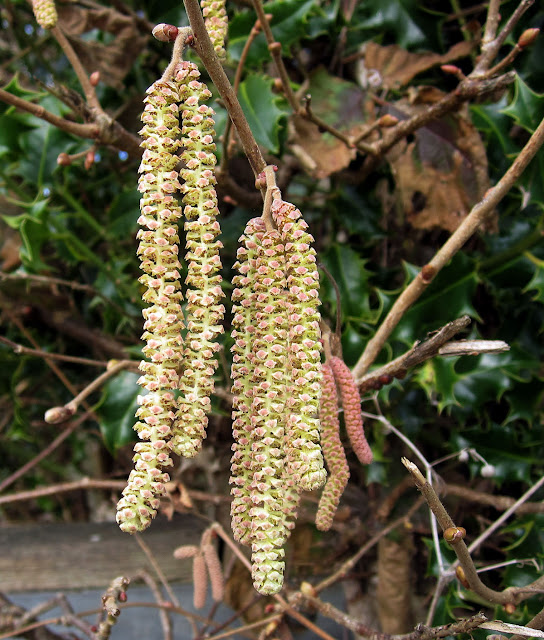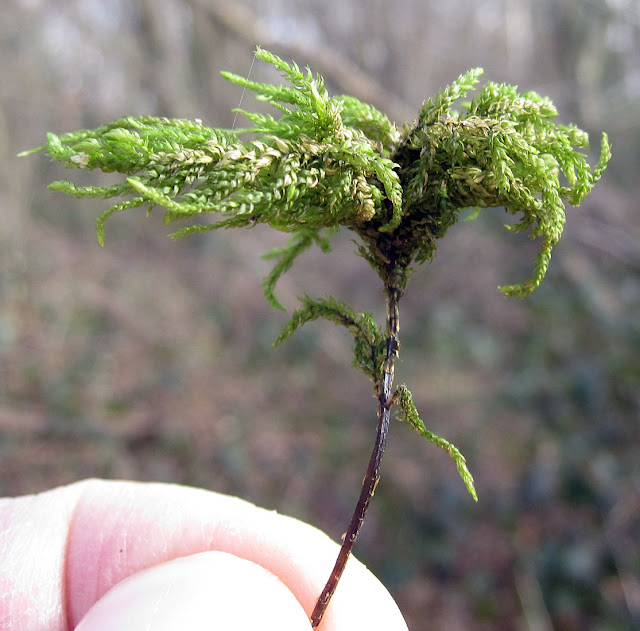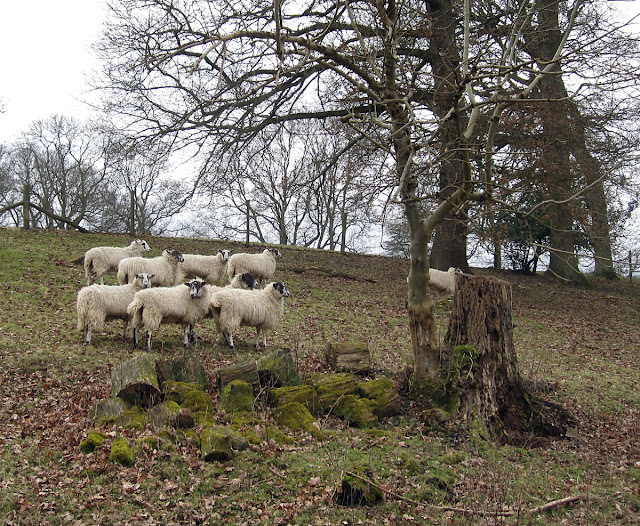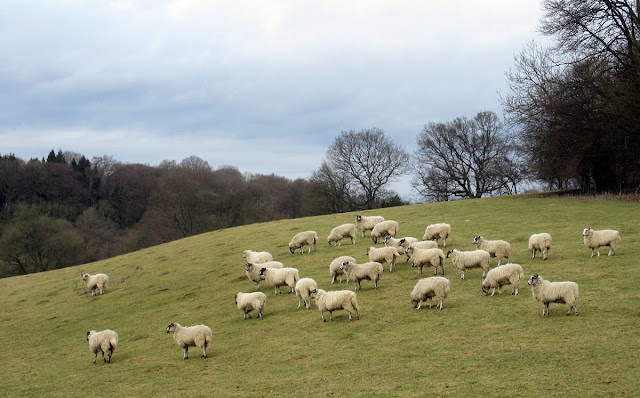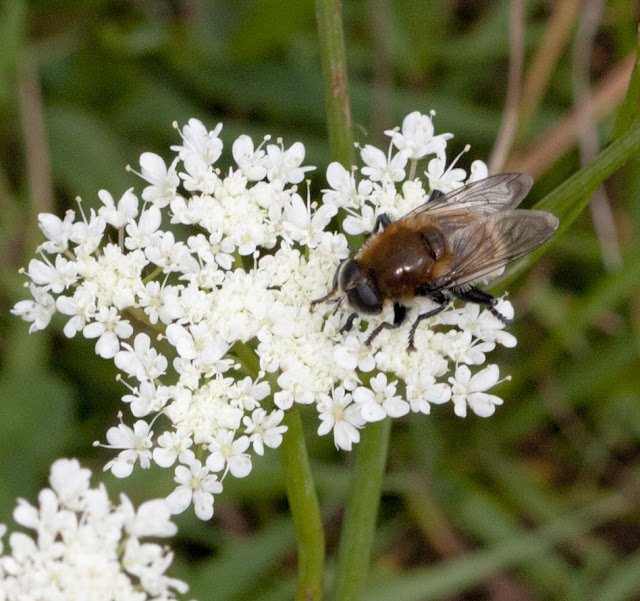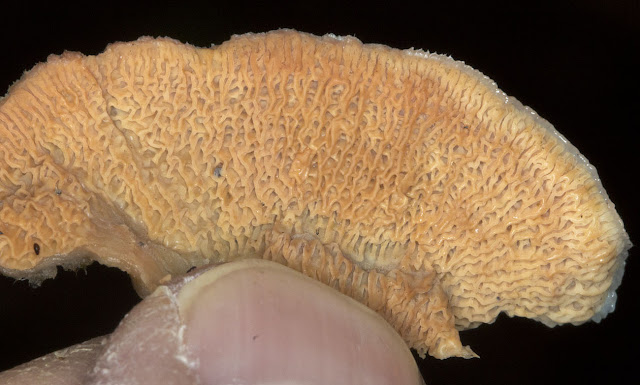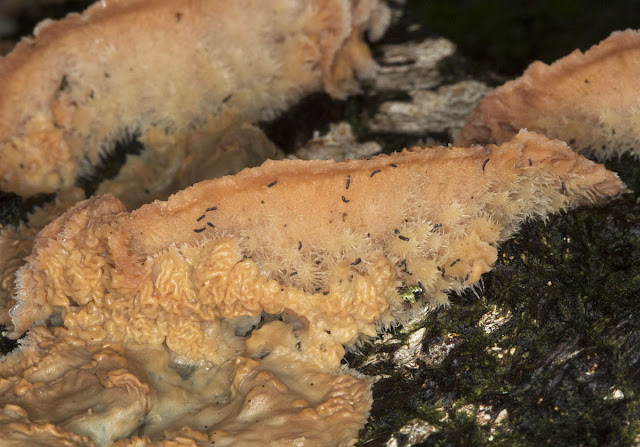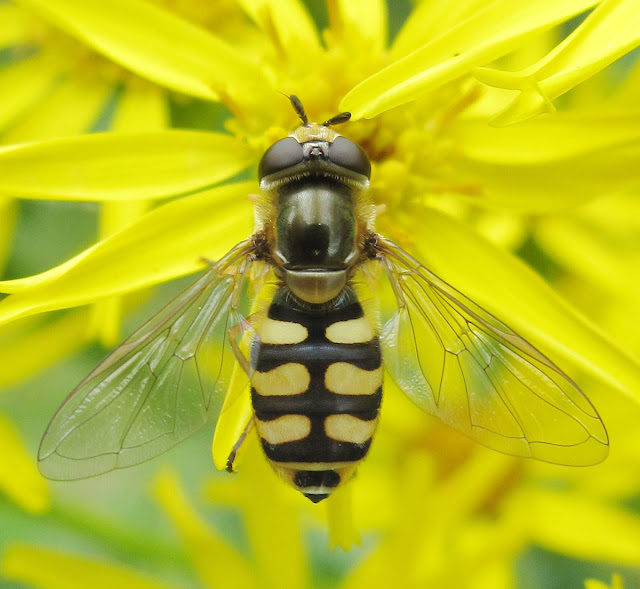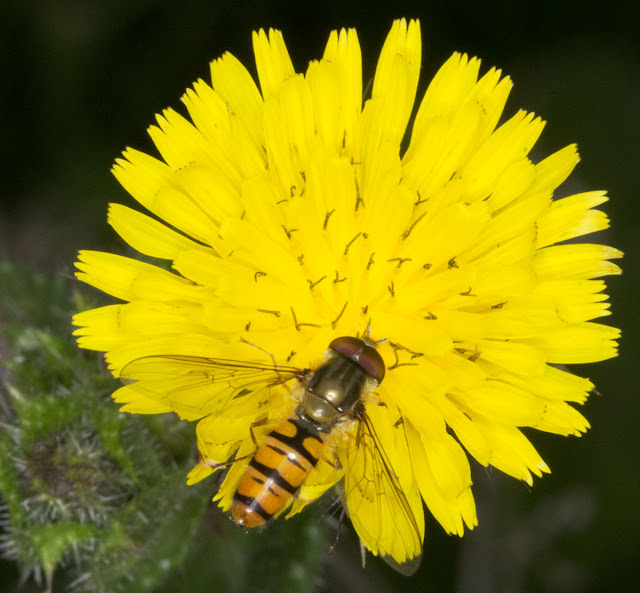 |
| Orpington Field Club members in the churchyard at Knockholt, with snowdrops. 18 February 2012, 10.05 am. |
The Orpington Field Club have events arranged for most weekends this year. This one was a walk through fields and woods, following public footpaths, around Knockholt, a village high on the North Downs. I have shown the times of each photo to give the structure of the walk.
I was not expecting to see much botany. We have just had a few cold days and nights, down to under -8C where I live, and some snow, which I expected would kill off anything left from last year and discourage new growth. But there were a few interesting plants, and in general, more to see than I expected.
Rain was forecast, so I took only my small camera, an Ixus 100; it's easier to protect from the wet than a big SLR with a macro lens. It's normally a good camera, but it's less so in poor light conditions, such as in the woods on a cloudy day. Still ...
We started at about 10 am and looked round the churchyard. Close to the gate was a wooden seat that was so covered with lichens that it must not have been sat on for a long time. The seat itself was just as thickly covered as this back piece. (I have switched the first two photos around in time so as to put a wide view at the top of this post; I will keep the rest in time order.)
 |
| Flavoparmelia caperata on a seat in Knockholt churchyard, covered with lichens. 18 February 2012, 10.02 am. |
The churchyard was full of snowdrops. There were thousands in the nearby woods, too; I have never seen so many in one place.
 |
| Snowdrops in the churchyard at Knockholt. 18 February 2012, 10.05 am. |
We walked along the road, past a few early Lesser Celandines and some daisies (which seem to flower, if sometimes in small numbers, all year round) and struck off across the fields, at one point coming onto the North Downs Way. I was in a small group ahead of the others, who were finding Male Ferns and Broad Buckler Ferns.
 |
| The North Downs Way near Knockholt. 18 February 2012, 10.36 am. |
It was good to get past this track into the woods and out of the cold wind. We started to see a few fungi on felled trees; the usual small brackets, past their best, and a piece of Lumpy Bracket, Trametes gibbosa, which we failed to identify at the time. We passed along the edge of a wood where Douglas Firs were planted. The coarse texture of their bark made for some fanciful shapes.
 |
| Bark of a Douglas Fir, Pseudotsuga species. 18 February 2012, 10.56 am. |
To one side of the path was a large, dead bracket fungus with a very photogenic texture and appearance. Where a piece has come away, or been broken off, you can see striations which are the tubes which led to the pores in the lower surface.
 |
| Bracket fungus, old and dead. 18 February 2012, 11.04 am. |
There were green things, too. Grasses everywhere, of course, but not in flower. The trees were covered in mosses, and there were some patches of this liverwort, filmier and flimsier than a moss, which I would expect in damper places.
 |
| Metzgeria furcata, a liverwort, on a tree trunk. 18 February 2012, 11.06 am. |
I am not really obsessed by fungi, but there are lots around, so it's a good opportunity to learn, and some of them are very photogenic. The small brackets form wonderful patterns. This Turkeytail is very common and makes some lovely shapes.
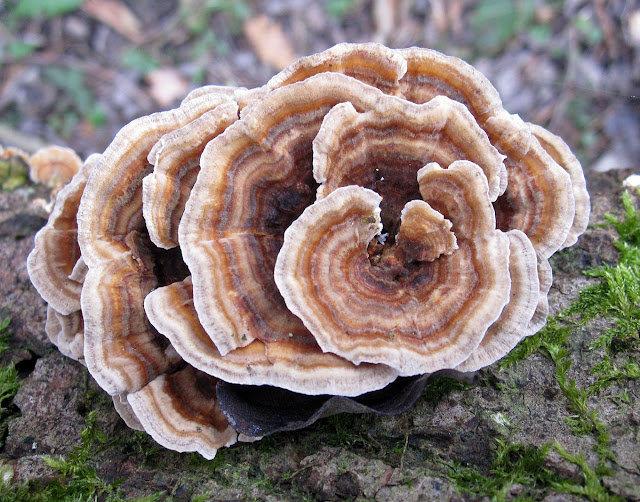 |
| Turkeytail, Trametes versicolor. 18 February 2012, 11.14 am. |
In another section of the woods were several Tutsan specimens; a yellow-flowered Hypericum which is often used as a garden plant. It does also occur as a native, so these are not necessarily garden escapes. These specimens had no flowers, only the dried remains of their black fruits, and the leaves were a bit bedraggled.
 |
| Some of the group examining a Tutsan, Hypericum androsaemum. 18 February 2012, 11.16 am. |
Further in, I was intrigued by this rotting branch of what was probably a cherry or a close relative. The outer part of the branches had rotted away almost completely, leaving the inner part surrounded by unbroken bands of bark, which must have been particularly resistant to fungi and beetles.
 |
Decaying branch of a Prunus species, with the bark still present in strips around the remains of the wood.
18 February 2012, 11.36 am. |
And later we came upon a group of plants with the unlikely name of Abraham, Isaac and Jacob. Those who had been here before were expecting to see this, and indeed it is spreading though the woods and seems to be thriving. These specimens appear to have been nipped by the frost, and their flower-buds are only just visible among the old and new leaves; they are below and to the right of centre in this photo. You can also see that these plants are competing with brambles and nettles, so they must be tough.
 |
| Abraham, Isaac and Jacob, Trachystemon orientalis. Flowerbuds look frostbitten. 18 February 2012, 11.28 am. |
That's about half-way through my photos for this walk, so I will continue next time.


